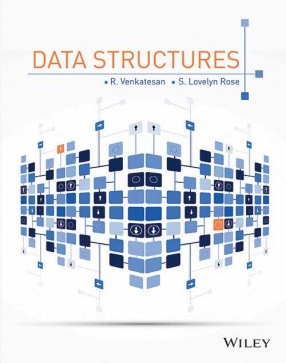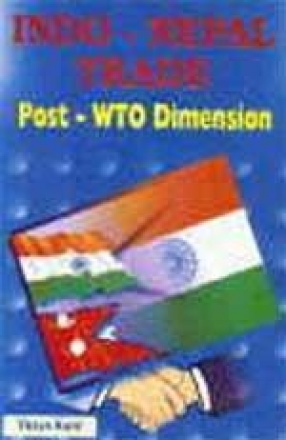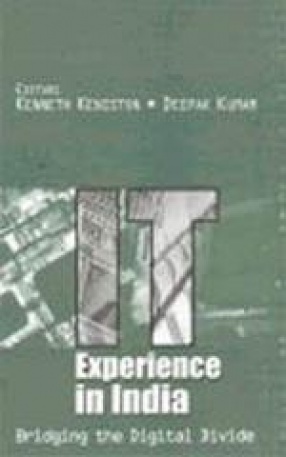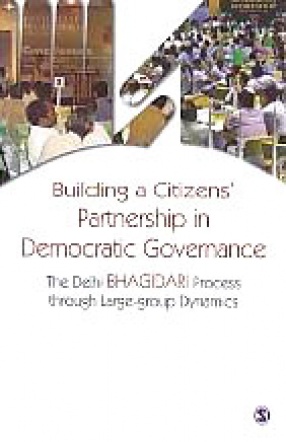The Textile Industry is the third largest in the world, next only to tourism and information technology. India has a very old and rich tradition in the textile industry; today, it is the single largest source of employment and net foreign exchange earnings for the country. The textiles policy of the government thus not only affects consumers but also a large segment of the society viz., Producers, Phasing-out of the Multi fibre Arrangement (MFA) creates new opportunities and challenges that policy makers need to understand for framing the right policy responses, as ‘competitiveness’ is going to be the key theme in the near future. This study is an earnest attempt in delineating the selective policy environment that emerges out of an extensive analysis of fiscal policies and incentive structure, trade related issues and industry and environment policy framework–to chalk out the textile policy for the twenty-first century. Salient features of this book include: Competitiveness analysis on the basis of six-digit H.S. classification for 298 textile products/fibres. Analysis of comparative advantage and the incentive structure of various textile fibres through a measurement of nominal, effective and realized protection coefficients. International competitiveness of fibres, yarn and finished textile products by using the domestic resource cost techniques. Environmental implications, particularly regarding increasing production of cotton and viscose. Social cost benefit analysis framework to work out the social profit in terms of numeraire (uncommitted social income), the impact of production in the cellulose and non-cellulose segments etc. This book is likely to interest policy planners, textile exporters, researchers and students in applied economics and management.
Indian Textile Policy for the 21st Century
$19.80
$22.00
In stock
Free & Quick Delivery Worldwide
All orders amounting to US$ 50 or more qualify for Free Delivery Worldwide. For orders less than US$ 50, we offer Standard Delivery at $14 per book.
ABOUT THE AUTHOR R. Venkatesan
R. Venkatesan is Head of the Industry and Infrastructure Division, National Council of Applied Economic Research, New Delhi. He has a Bachelor’s degree in Technology from IIT, Madras and a Post-Graduate qualification in Management from IIM, Bangalore. He has over twenty years of consulting and research experience at the Indian Planning Commission, administrative Staff College of India, M.N. Dastur & Co., and Co-operative League of USA. He has offered consultation to many Indian and multinational firms. He has authored articles in the theme areas of managerial finance, project appraisal, program management and public sector reforms in referred international journals and has co-authored three books on the above theme areas. His publications include those for the Planning Commission of India, Resources for the Future, Washington, D.C., USA and NCAER among others. R. Venkatesan possesses a wide range of interests; his other publications range from that on Nobel Laureates to a widely received work on Sahaja Yoga.
ABOUT THE AUTHOR Vijaya Katti
Vijaya Katti is a professor at the Indian Institute of Foreign Trade. She has a Ph.D. in Economics from the Nagpur University. She has twenty years of teaching and research experience. She has authored a number of research articles on GATT, Indo-European trade relations, Indo-SAARC economic relations and trade in services and co-authored two books – one on textiles entitled Globalizing Indian Textiles: Threats and Opportunities and the other on Export Potential of Select Non-Conventional Technology Based Services. She was a member of an expert group on Textiles. She is currently a member of CII’s National Committee on Textiles.
reviews
0 in total
Review by Anonymous
Be the first to review “Indian Textile Policy for the 21st Century” Cancel reply
You must be logged in to post a review.
Bibliographic information
Title
Indian Textile Policy for the 21st Century
Author
Edition
1st ed.
Publisher
ISBN
8176460796
Length
viii+224p., Figures; Tables; Bibliography; Index; 23cm.
Subjects








There are no reviews yet.